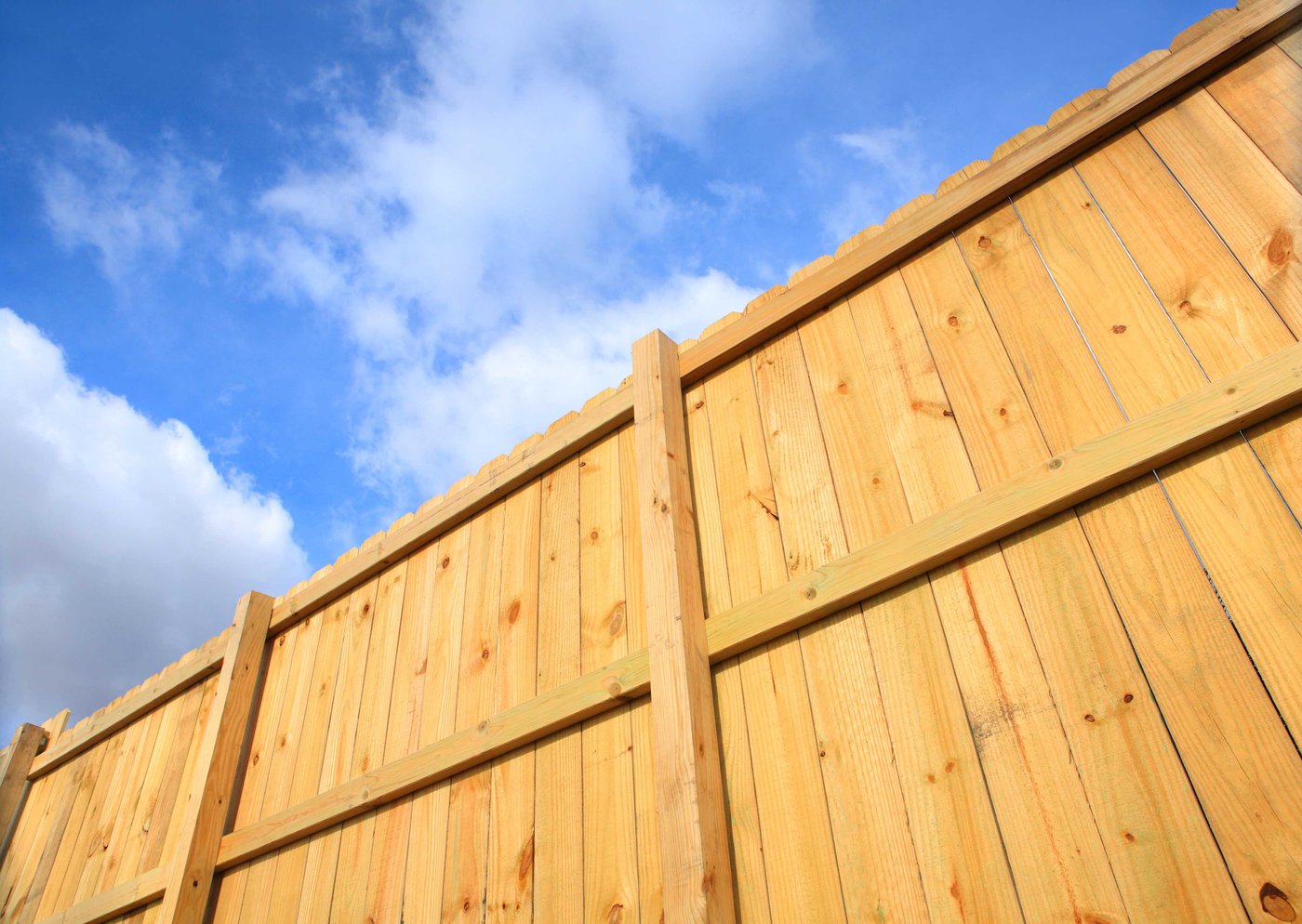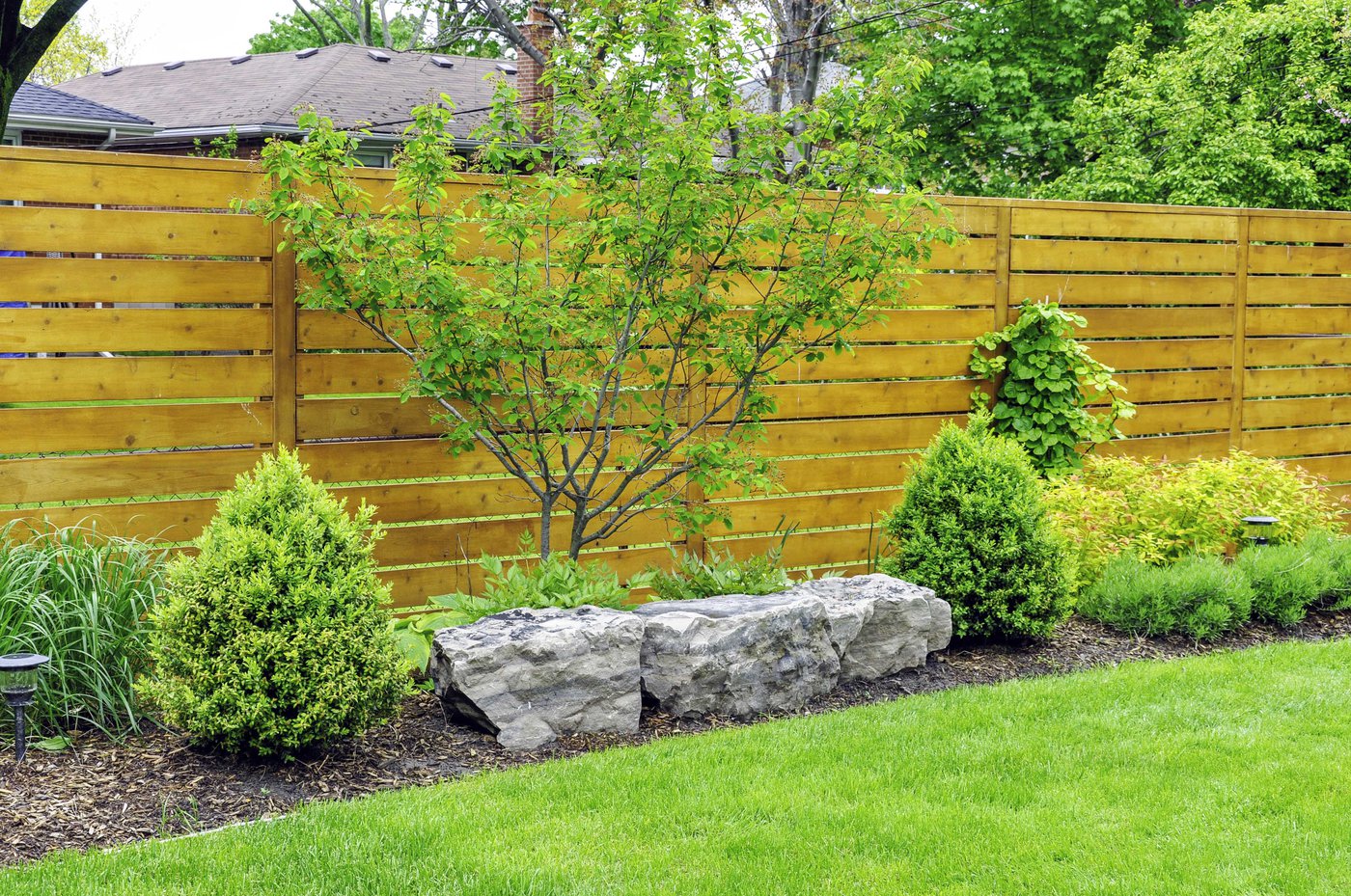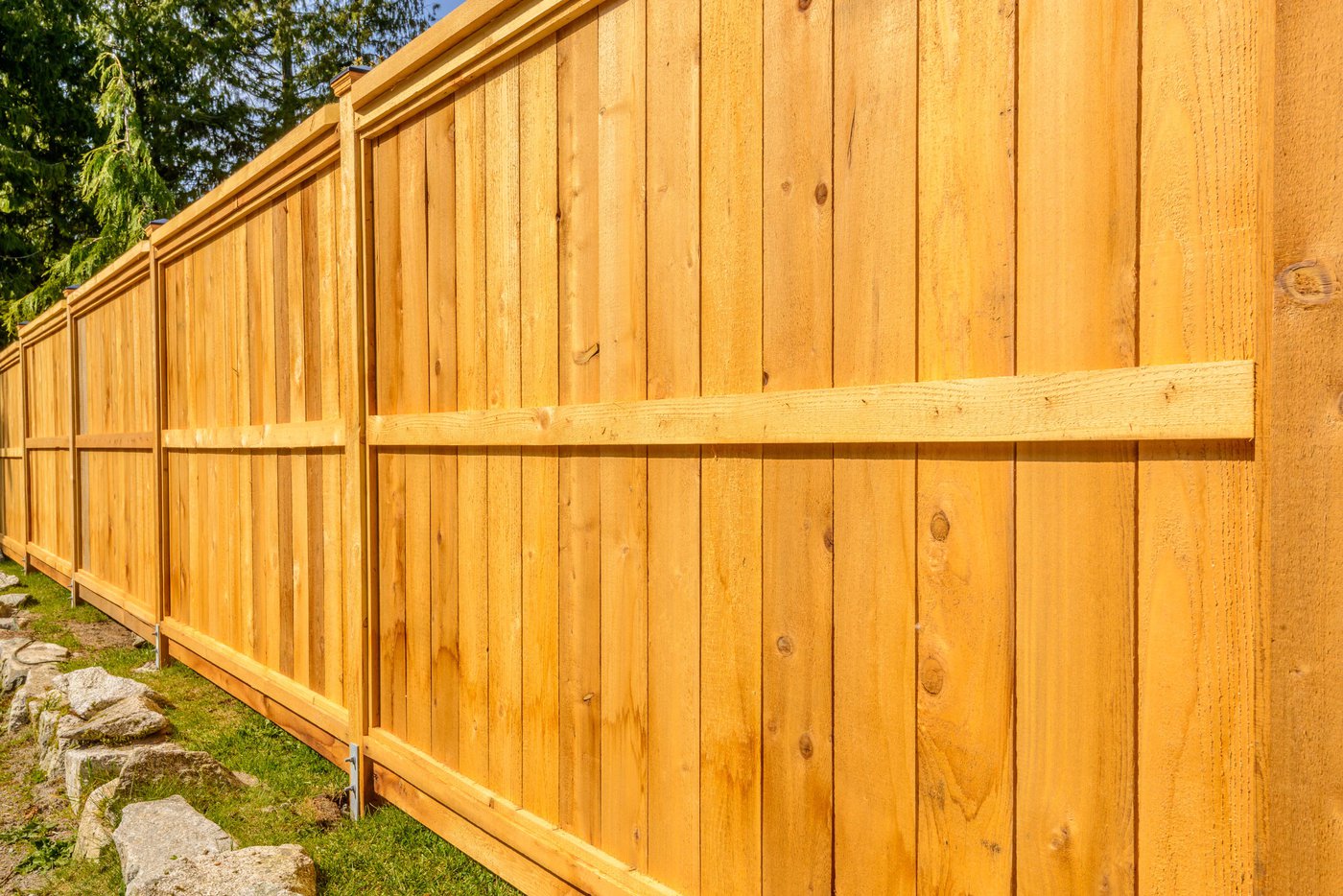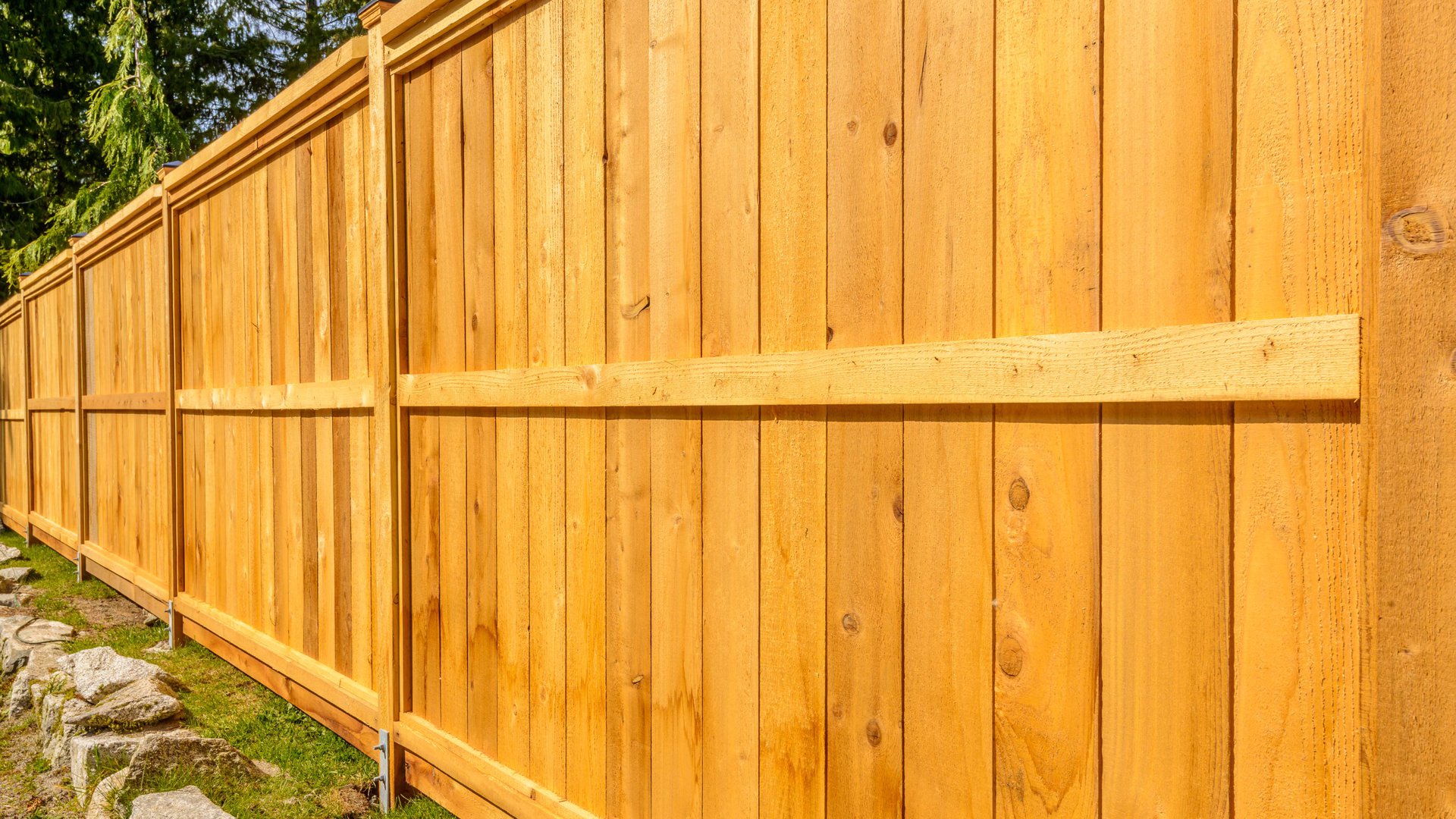Whether you’re looking to add a privacy fence to seclude your backyard projects or something more to protect your property, starting your fence project can be a bit overwhelming. How much fencing do you need to buy? What materials should you go with? And what if your neighbors object to this new development?
First things first: You need to know precisely why you’re building your new fence. For example, if you’d like to have your swimming pool excursions in private, a tall wooden privacy fence might be in order. If protection and security are on your mind, however, you might look at something more sturdy. Once you’ve figured out why you want a fence, you can start planning your project.

Figure Out the Size and Budget
The first step is figuring out exactly how much fencing you’ll need. You’ll want to use a tape measure and stakes to block out some boundaries and determine where you want your fence to go. You can also check your home’s paperwork as this can show you exactly where your property lines are and give you solid measurements. Of course, this will also give you an idea of what kind of fence you can afford.
You’ll also want to take a close look at your budget and figure out exactly how much you want to invest in your fence project. Some fence materials can be expensive, so it’s important to balance your wants and needs. If your budget is tight, you can also opt to go the DIY route and install the fence yourself, but this also factors into the kind of materials you can use.

Pick Your Material
The most important step in building your fence is picking the right fence material package. There are a wide variety of materials to choose from but each one offers its own strengths and weaknesses.
- Chain-link: Chain-link fences are the rugged and practical option. A chain-link fence is on the more affordable side, though it’s not as attractive as other materials.
- Aluminum: Aluminum fencing is also somewhat rugged and less attractive than other fences, though it does come in a variety of designs and colors. It’s also low maintenance, and you can install it on sloping landscapes.
- Vinyl: Vinyl fencing is initially more expensive, but lasts much longer than other fence materials with much lower maintenance. It’s also relatively light, so it’s easier to work with for DIY projects.
- Wood: The classic privacy fence material, wood is elegant and beautiful, though it’s somewhat expensive and requires painting and treatments for maintenance. Though some may consider this aspect a benefit since it gives you the ability to change the aesthetics of your fence.
- Steel: Steel, while strong, is also heavy. You’ll definitely need to hire professionals to help install it. Steel fences are usually used in industrial settings.
- Wrought Iron: Wrought iron, like still, is extremely heavy, and you’ll also need a crew to help install it. And while it’s beautiful, it also requires regular sanding and painting maintenance.
Whatever material you’re leaning toward, be sure to do your due diligence and pick the right material to match your wants and needs. And don’t underestimate the importance of using high-quality materials: After all, a fence is an investment in your home.
Talk to the Neighbours
Before you sink your post-hole digger into the ground, you’ll want to talk to your neighbours. This ensures everyone understands the property lines and there aren’t any surprises. In some cases, your neighbours might also be willing to invest in the fence that divides the property, so it’s worth letting them know beforehand.

Purchase Your Materials and Get Started
Nelson Lumber offers affordable high-quality fence material packages! Visit us at one of our 5 locations across Alberta or check out our fence material package info online!

